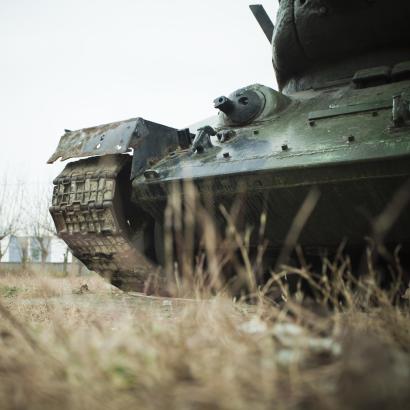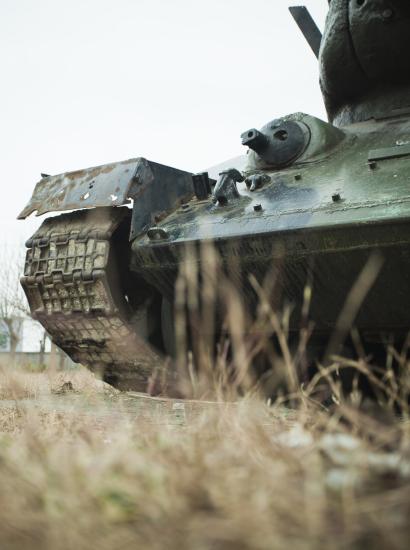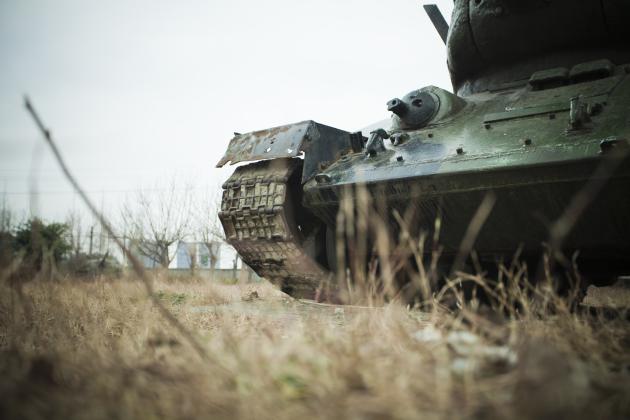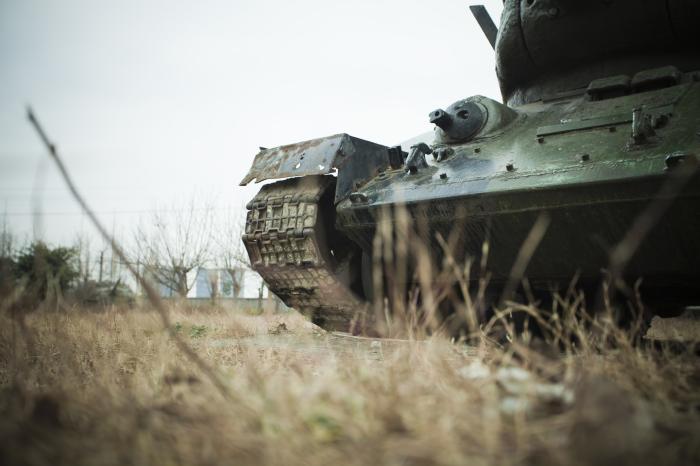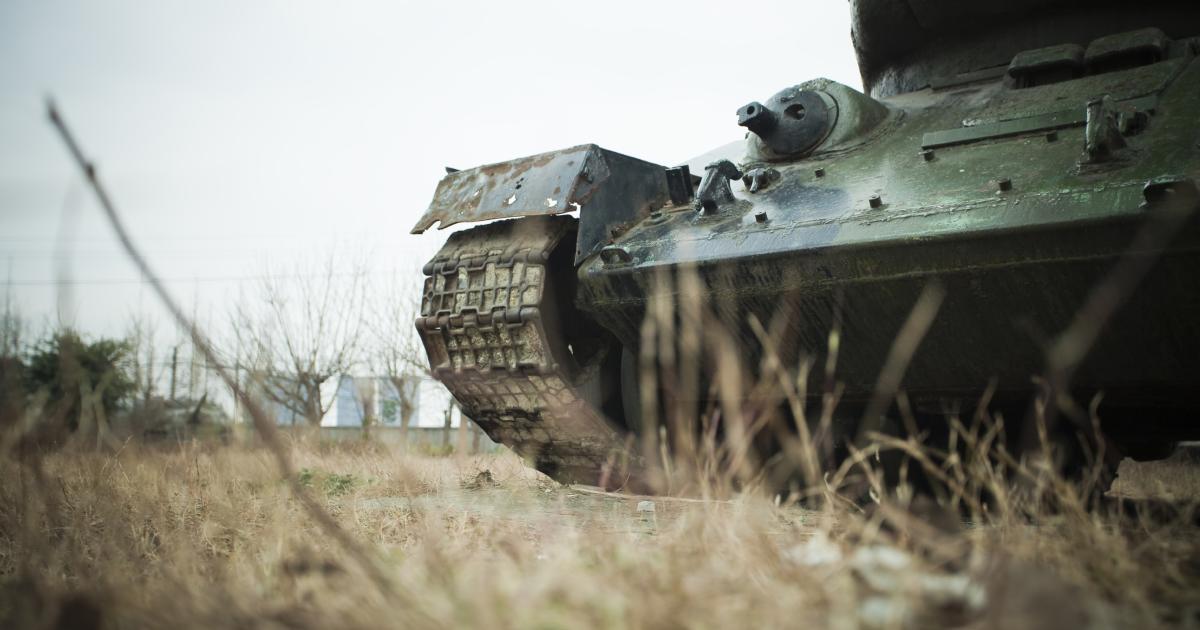- History
Is the United States either politically or materially capable of sustaining a large overseas military intervention? The short answer is that for the next several years, our military’s material advantages and technological modernization give us an overwhelming warfighting edge over any foe, including China or Russia. Our military planning and command-and-control have been constantly refined and updated during the past two decades of war. Granted, Iraq and Afghanistan battlefields are nothing like we would face against our primary adversaries. But in terms of firepower, command experience, logistics deployments, and inter-service coordination, China and Russia are leagues behind us.
Our society is badly riven and the “woke” movement sponsored by the progressive Left will affect over the next decade who volunteers for the military. Achieving diversity of gender and race is reaching parity with merit in selections for promotions. These deleterious factors, however, do not undermine our military capabilities in the near term.
What does affect our ability to fight a war in the near term is the will of president. No one can predict where or when America will be challenged by force of arms. The decision to intervene rests foremost with the commander in chief. Ever since Korea in 1950, the presidency has usurped the role of Congress in de facto declaring war and deploying our forces. In any serious clash, the president does need the support of a badly cleaved Congress. That support is highly likely to be there when the clash first begins. What happens after that depends upon the mettle of the wartime president.
In the current case of Ukraine, the resolve of President Biden has proven problematic. He is firm that American forces will not be directly involved in a fight against Russian forces. In early March, Ukraine requested that Poland contribute MIG 29s, to be flown by Ukrainian pilots. Secretary of State Blinken gave the request a “green light.” As is his wont, Putin then threatened retaliation. At the same time, having been given the green light, Poland added a twist. It would fly its thirty MIG-29s to a U.S. air base in Germany. From there the planes could be transferred to Ukraine. This required the United States and Germany to share in the risk of facing Putin’s wrath. President Biden then decided not to approve the MiGs.
Since then, President Biden has refused to transfer weapons that would provide the Ukraine with the firepower to undertake counter offensives aimed at pushing Russian troops out of Ukraine. At the same time, the president is bellicose in his rhetoric. “For God’s sake,” Biden said, “this man [Putin] cannot remain in power.” An anonymous White House official later “clarified” what Mr. Biden meant. “The president’s point was that Putin cannot be allowed to exercise power over his neighbors. He was not discussing Putin’s power in Russia or regime change,” the official said.
Can the U.S. sustain a military intervention? In technical military terms—a trained force, battle experience, robust command-and-control, interoperability among the Services—no country for the next decade is our match. The unpredictable variable is the resolve of the commander in chief, who, based on history, will unilaterally make the decision to undertake the intervention. This is not what the founding fathers intended in the Constitution; but it is how the locus of power has shifted over the past seven decades.








